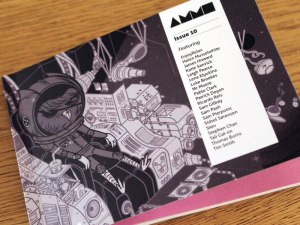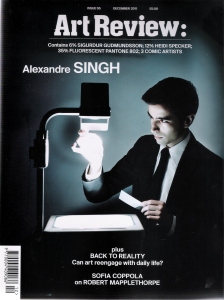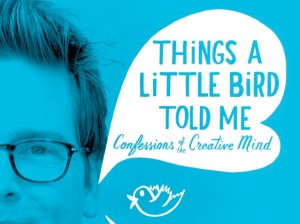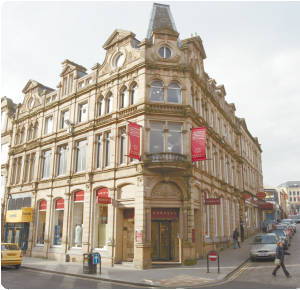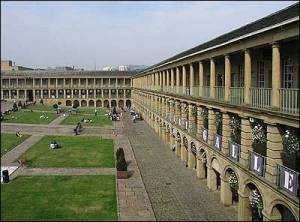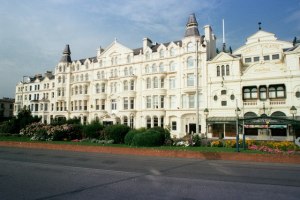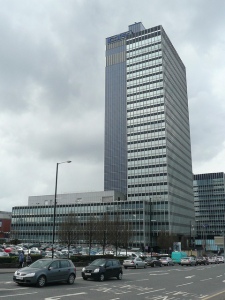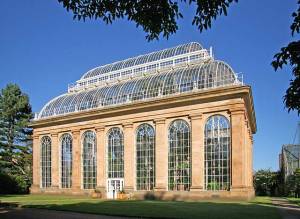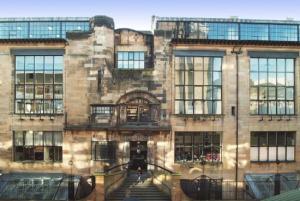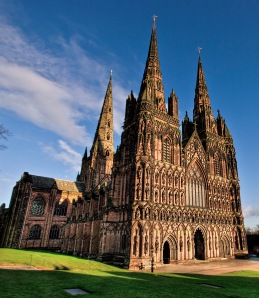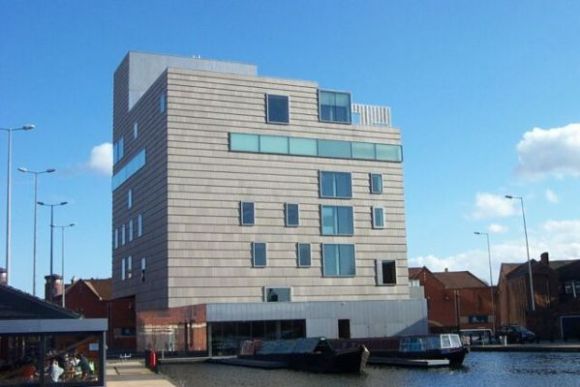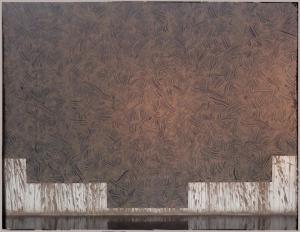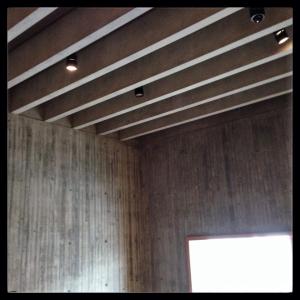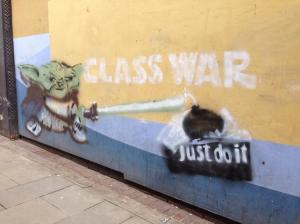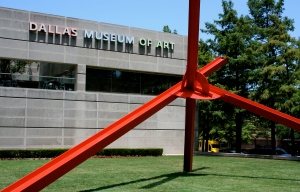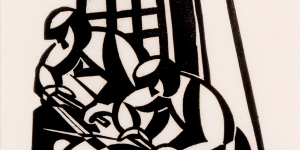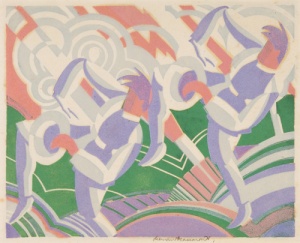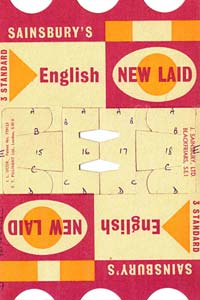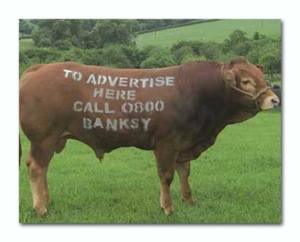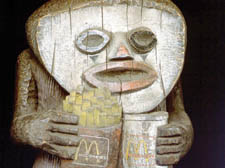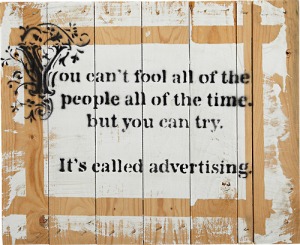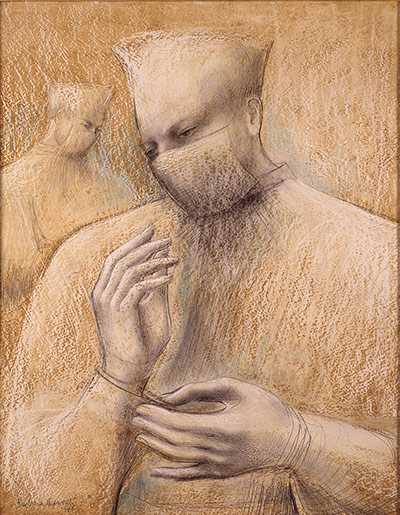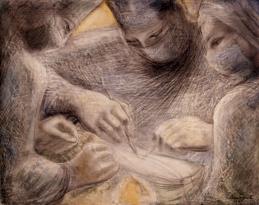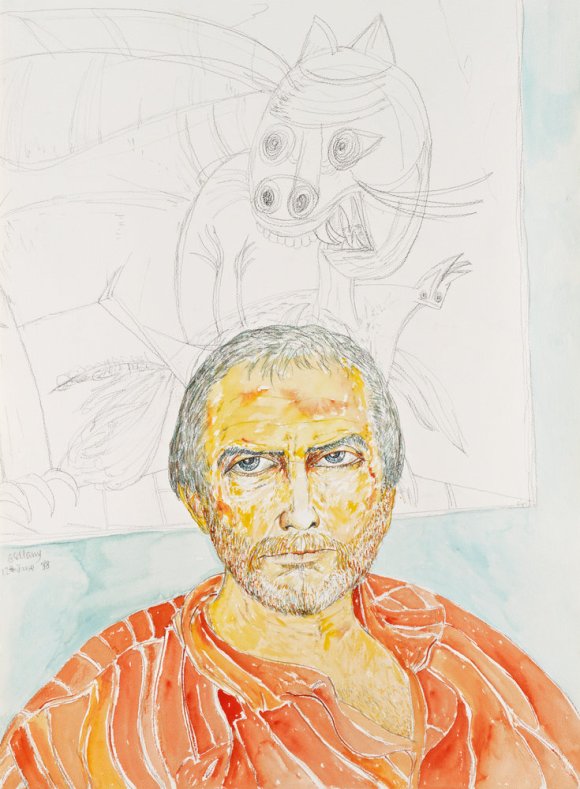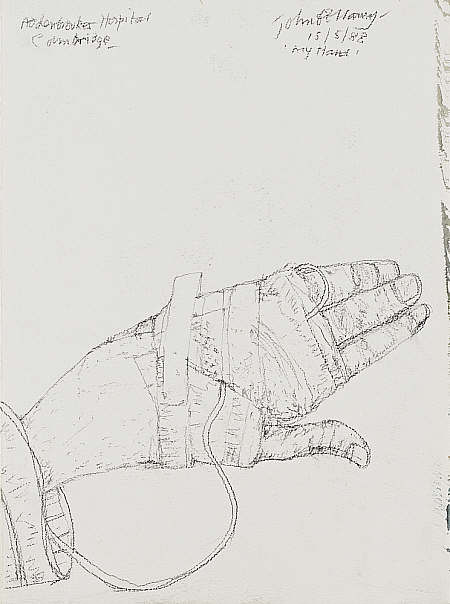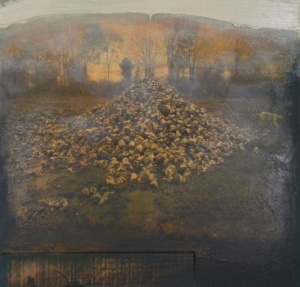I am a magazine subscriber. I look forward to the magazines dropping through my letterbox on a monthly basis. I notice when they do not arrive, I fret when they are late, and in one case, where the publication is intermittent I check back for updates.
This may appear a little old-fashioned, but to me it makes perfect sense, the tactile nature of a magazine in print makes it more than mere content. Being a Digital Marketer these days I read the online versions and I use Flipboard and other apps to feed me news, but in some cases a physical magazine is just what is needed. I Have an emotional engagement that is not just about content with magazines.
A question you may have in your minds is: why on earth is Paul rattling on about magazines?
A fair point. I recently gave some of my collection away; As regular readers of my blog will know I have many passions in my life, my family, Rugby League (my beloved Workington Town RLFC) and art. Art has been a long-time passion and interest, I love learning about art just as much as I do looking at it.
Splitting time between my two homes meant it was sensible to rationalise my collection. I gave away my Tate, Contemporary, and Modern Painters magazines, carefully curated over the last 15 years.
This was a positive decision I donated them to my local college, South Staffs College in Lichfield, as a resource for their Arts Students and they were very grateful – I hope the students have found them helpful.
I have hung on to my Art Review magazine collection though, its was too much to give that away – it’s nearly 20 years of my life !
So when my latest issue of Tate magazine arrived at the weekend I rediscovered the joy of receiving a new magazine, topical, beautifully printed as all art magazines are … it reminded me of the power of print. My kindle and iPad are awesome tools, but a mug of coffee and magazine with soothing jazz on in the background really eases away the stress and strains of a busy day.
I think I need to remember this in my day job, we are about to embark upon an intense period of press advertising, largely in magazines, so the care and craft we need to put into these ads should reflect how people feel about a magazine that occupies a place in their home.
I think that is a crucial point, a magazine lives in many rooms, its eminently transportable and Magazine publishers who are successful do, I believe, recognise that privileged position. Thinking about what I have written rationally for a moment, I have allowed those magazines to live on in my home, and so the advertising within them, for many years… now that is some decay curve !
I might be a modern Digital Marketer, I might take my kindle on holidays instead of a book, but I will continue to subscribe to magazines ! It is interesting that magazine circulation stats are now amalgamated; Digital and Print. I hope that means that print’s stock rises again, it has never waned for me.
I currently subscribe to:
Art Review
Tate Etc
Ammo ( – that’s illustration not guns!!)
Marketing Week
AdMap
I Buy:
Amateur Photographer
Print Isn’t Dead
Jazzwise
Rugby League Express
Paul
07 June 2015

